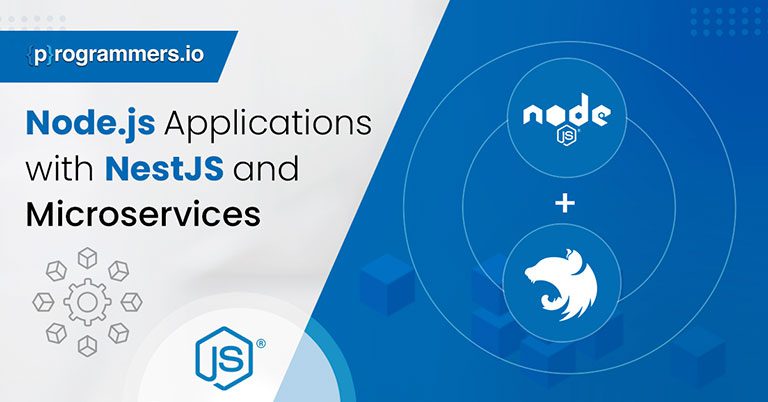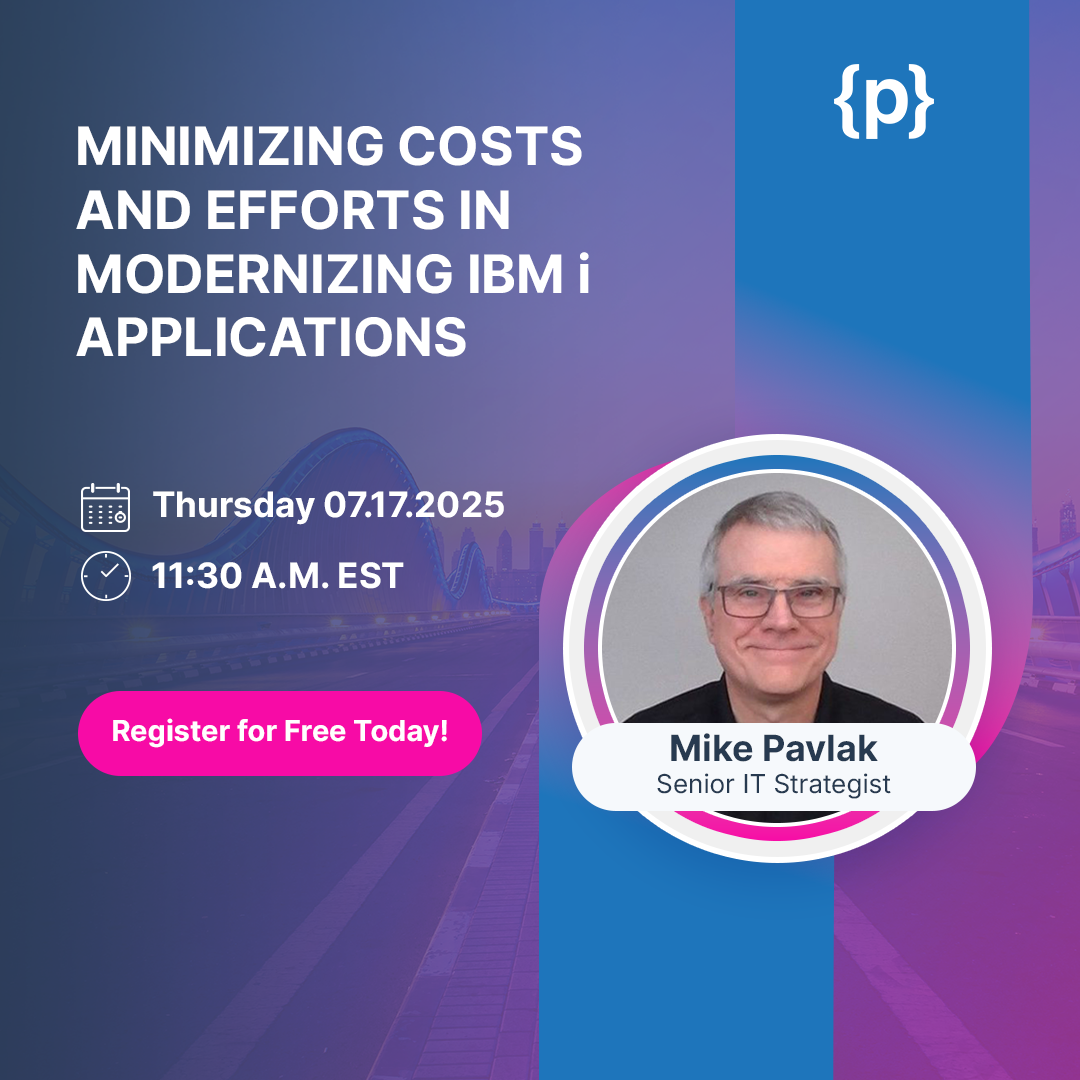Building Scalable Node.js Applications with NestJS and Microservices
Nest.js is an upgraded version of the Node.js framework and is mainly used for building reliable, scalable, and efficient server-side applications. That definition is mainly used for describing Nest.js, and even though it is correct for the most part, it doesn’t necessarily explain how and when you should use Nest.js for building scalable Node.js applications.
When you’re trying to build scalable Node.js applications, you will naturally gravitate towards a Node.js development company or would look to hire a Node.js expert to help you with Node.js application development. Nest.js and Microservices are the best options in general for building scalable Node.js applications. The reasons for that are simple enough because you get a plethora of advantages at your disposal, like scalability and modularity.
However, learning a new framework or language isn’t all that easy, which is the main reason why so many people work with a Node.js development company. In this article, we will show you the best ways to use Nest.js and Microservices to build scalable Node.js applications. We will also demonstrate how you can use these services with database transactions, authentication, and file encryption as well.
What Is Nest.js?
The first thing we will be discussing is Nest.js which is a framework of Node.js that is helpful in creating Microservices. The best part about Nest.js is that it offers a robust feature set to deploy, test, and create your services since it is built on the Model-View-Controller (MVC) architectural patterns.
One of the main advantages is the authorization and authentication capabilities of Nest.js. It offers an extensive range of options for authentication, which includes using your password/username credentials to authenticate your social media accounts. The best part is that Nest.js can also be used for encrypting and decrypting the data that is stored in Microservices.
That can play an essential role when it comes to securing data that is sensitive like credit card numbers or passwords.
Challenges When Building Scalable Node.js Applications
When you use them correctly, Microservices can be exceptionally powerful, but they can also pose a challenge, especially when you have to maintain and build. One of the main challenges you will face is ensuring that you have properly integrated the Microservices and that the communication among all of them is reliable and smooth.
Read Testing Node.js Application
The other challenge you may face will be based on whether you have properly secured all the Microservices. That will involve the proper authorization and authentication protocols and also encrypting the data when it is being passed between the services. If you neglect any of these security measures, you are essentially leaving your system vulnerable to attacks.
The good news is that you can use Nest.js to easily build Microservices that are secure, which can seamlessly integrate with the existing architecture. Nest.js offers you all the tools you require for creating a reliable and robust Microservices architecture, mainly because of its support for file encryption, database transactions, and all the security features.
Implementing File Encryption, Database Transactions, and Authentication to Nest.js Projects
File encryption, authentication, and database transactions are all vital features that must be considered when you are planning on building scalable Node.js applications with Nest.js and Microservices. You can implement authentication when you use JSON Web Tokens or JWT. You can verify the user’s identity with these tokens and can add them easily to any Nest.js project.
The Nest.js Transactions module can handle database transactions, which offers the perfect way to execute multiple SQL statements in any transaction, which helps ensure the data integrity. You can implement file encryption through the use of Nest.js Crypto module, which offers different ways to decrypt and encrypt files through AES-256 encryption.
Tips for Improving Performance and Scaling with Microservices
One of the best ways for improving the performance of your Node.js applications is to use a reverse proxy server, as that helps in loading the balance of requests for your Microservices and helps in load distribution. You can also improve performance through caching, which you can do at the database or application level.
You shouldn’t forget about monitoring as well, since you will need to see what is happening in your system to easily identify and optimize any bottlenecks. There are several tools available in the market that can help you out with that as well. However, you should pay attention to the tools you are using to ensure that they are the right ones for the job.
Read Tools for analyzing Microservices
Remember, not all scalable Node.js applications have been created equal, so it is essential to do your research and carefully choose tools that will work the best for your case.
Best Practices for Building Scalable Node.js Applications with Nest.js and Microservices
There are a couple of best practices that you must keep in mind when building scalable Node.js applications with Nest.js and Microservices. You won’t need to hire a Node.js expert as well, since you will be able to easily manage on your own. The first thing you must do is understand the concepts of authorization and authentication.
Authorization involves determining whether users have access to particular resources, while authentication involves verifying if users are who they claim to be. You must also think about database security when you are building scalable Node.js applications. The best way to ensure your database is secure is through encryption, which will ensure that even if someone manages to gain access to the database, they won’t be able to read the contents if they don’t have the encryption key with them.
Another best practice for building scalable Node.js applications with Nest.js and Microservices is using idempotent requests. It will mean that every request will have the same impact, no matter how many times you make it. That will help in preventing inconsistencies with data and also ensure that the data is also current, accurate, and up-to-date.
Conclusion
Building scalable Node.js applications with Nest.js and Microservices is the current trend, but that’s not the only reason why it is so popular. It also offers plenty of benefits like performance and scalability. Nest.js and Microservices are both good options for Node.js application development, thanks mainly to the support and modularity for encryption and transactions. It will take a little effort from your end, but you will manage to build scalable Node.js applications with Nest.js and Microservices.










